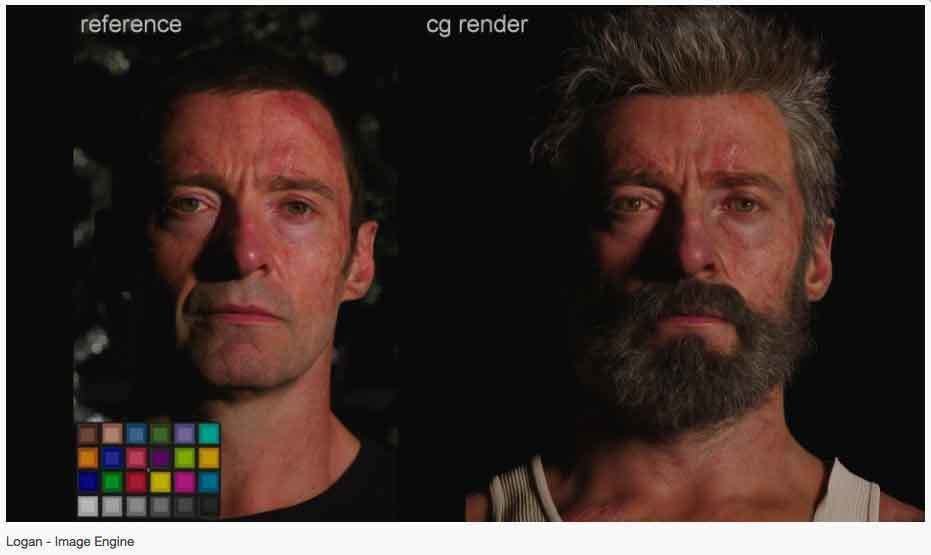

This is useful for lighting very thin materials, such as paper or leaves and is cheaper than sub-surface scattering. Arnold\ V-Ray\ Octane\ Conora\ RedShift, Which Renderer Is The Best? When non-black, light will be able to shine through to give a translucent effect. This is the back-face diffuse color of the surface. This material implements the Oren-Nayar shading model to emulate rough surface micro-facets. This scales the overall amount of diffuse lighting, with 0.

When in PBR ' Metalness ' mode, this is also the color of the metal. Setting this to black means no diffuse lighting. This defines the color of the surface when reflecting diffuse direct lighting or indirect global illumination.
OCTANE RENDER VS VRAY HOW TO
The presets show how to make metals using complex IOR, glass, single-scattered and multiple scattered materials. To help you get started, in the 'Base Properties' section of the material there is a 'Presets' drop-down that lists some pre-defined material settings. The material is grouped into several sections. Biased rendering methods include light tracking, path tracing, bidirectional path tracing, and metropolis light transport.This is a general purpose material that is physically plausible, energy conserving and aligned with 'PBR' based principles. Unbiased, on the other hand, means that every pixel is calculated with no interpolation between pixels. Biased means that the renderer will estimate values, or do a bit of educated guessing using mathematical functions, and not calculate every single pixel. In contrast, a GPU is composed of hundreds of cores that can handle thousands of threads simultaneously. The GPU is designed for parallel processing so they can work with a lot of data at once. The CPU is based on single cores so it works on one bit of data at a time. Think of the central processing unit, or CPU, as the brain and control center of your computer. We will keep this document updated when we get around to it. Note: Pricing and system requirements are accurate as of the publishing of this article. Then a bit more about each 3D rendering engine with some videos. This comes with a lot of terminologies of which you must have a basic understanding. So, users can compare 3D Renderers on a logical level. My goal was to create a document to help artists decide which 3D renderers work best for their work while presenting only facts. Indeed, I hope this will be a highly used resource.

This article on 3D Renderers was difficult to put together.Īs a result, there is a lot of information to digest. We will try our best to keep it updated, nonetheless, some information may not be fully correct or may be out of date. There is a vast amount of information here and updates come out so often.
OCTANE RENDER VS VRAY UPDATE
By the same token, as we add new tools to our store and products are updated, we will update this article. We are focusing on rendering tools that we sell at Toolfarm to help our customers make the choice. Below is a breakdown of what the different renderers offer, not reviews, so you can decide which renderer is right for you. However, they work differently will give different results. So, how does an artist know what to choose? Essentially, renderers really do the same thing.

There are so many 3D Renderers available.


 0 kommentar(er)
0 kommentar(er)
